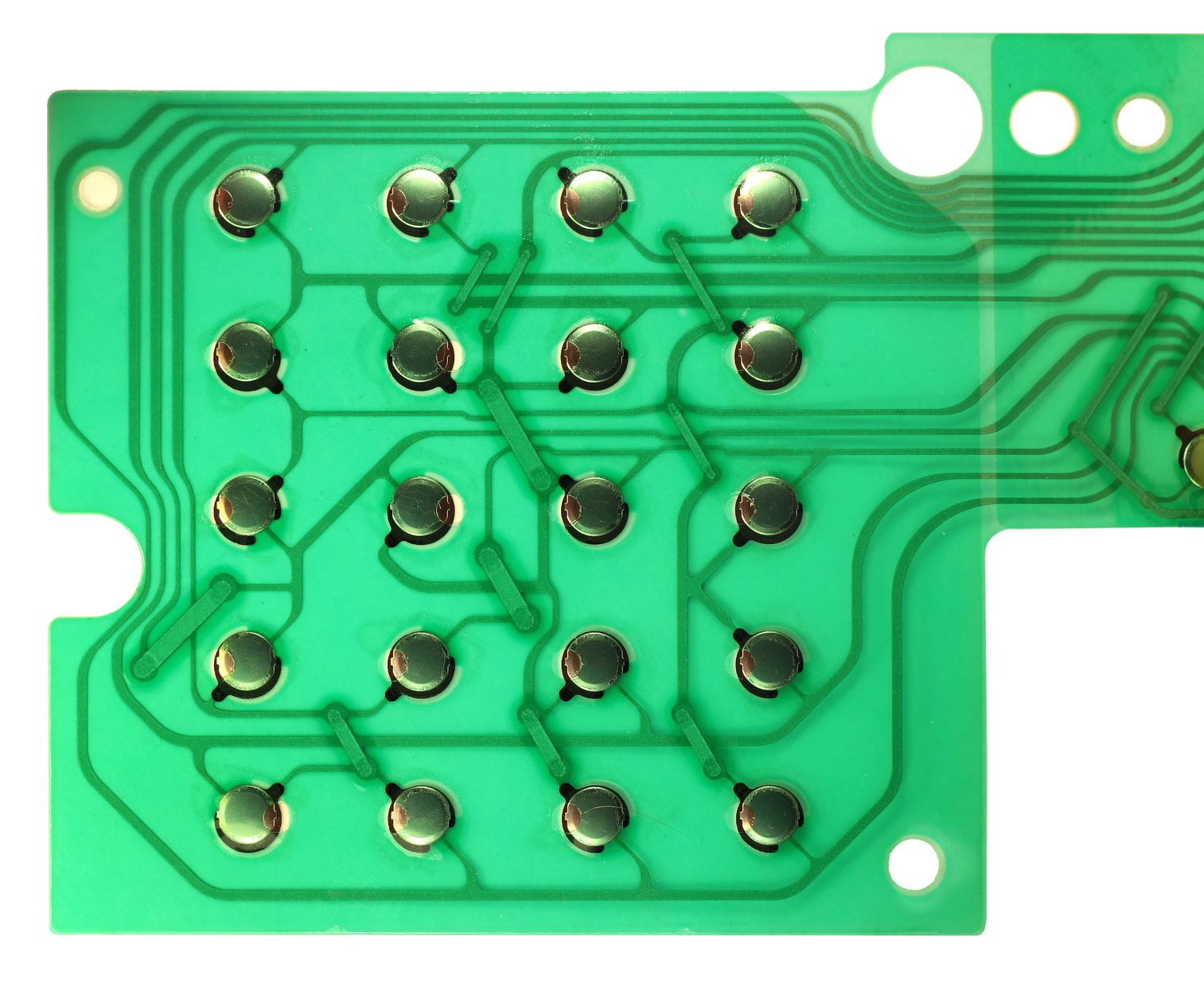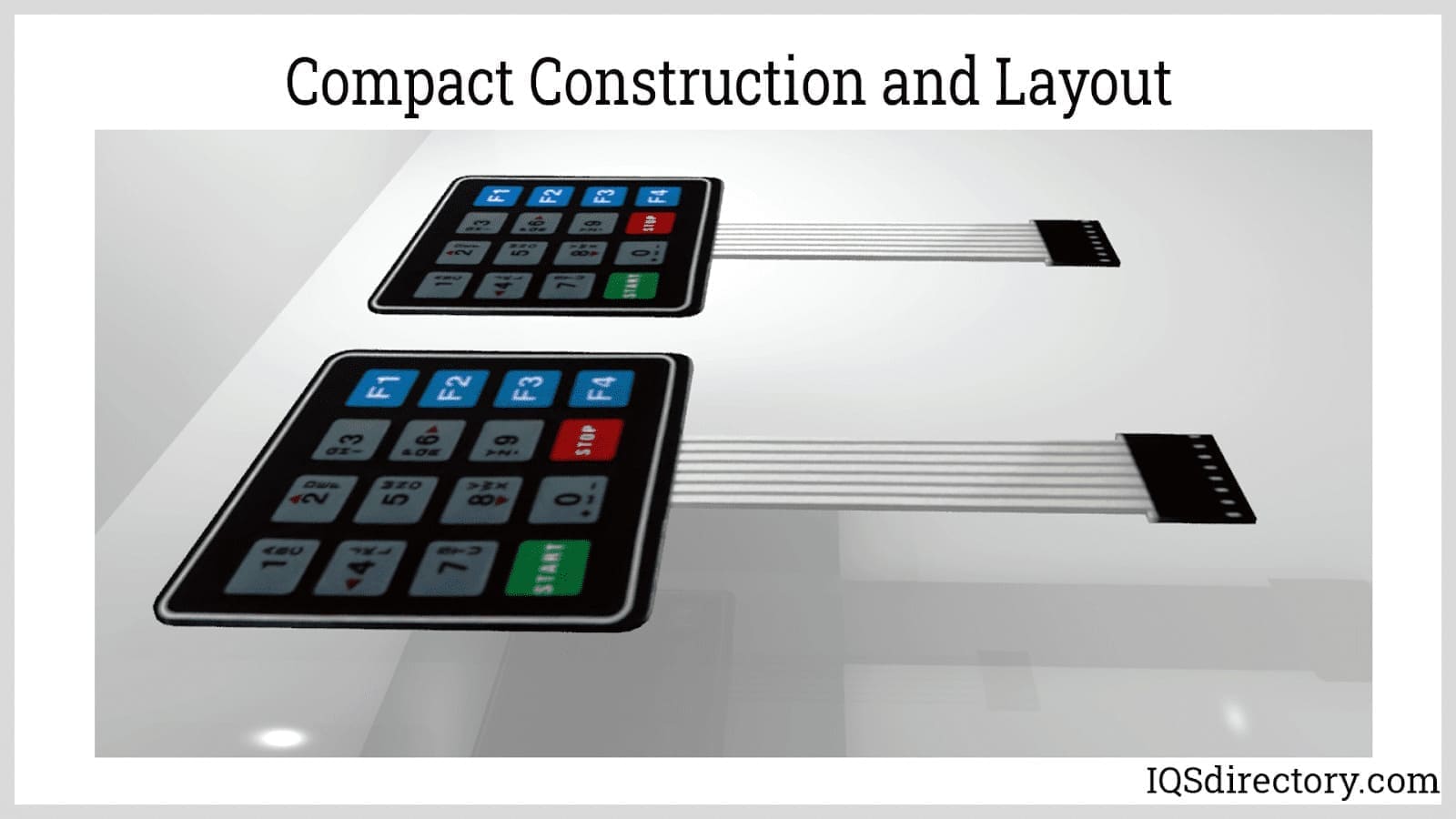The Role of a Membrane Switch in Modern Touch Interfaces and Controls
The Role of a Membrane Switch in Modern Touch Interfaces and Controls
Blog Article
Exactly How Membrane Layer Switches Add To the Longevity of Electronic Control Panels
Membrane layer switches play a vital duty in improving the sturdiness of digital control panels, primarily with their multi-layered construction which offers efficient security versus environmental aspects such as wetness and dirt. The absence of relocating parts dramatically reduces the chance of mechanical failings, making membrane changes perfect for demanding applications.
Definition of Membrane Layer Buttons

Membrane switches are created to be slim and light-weight, making them appropriate for applications where room is restricted. They can be manufactured in different shapes, dimensions, and shades, providing versatility in layout that meets visual and functional needs. In addition, membrane layer buttons can include different innovations, such as tactile responses and LED signs, enhancing customer experience.
Due to their building, membrane layer buttons are usually immune to dust, moisture, and basic wear, contributing to their longevity in demanding atmospheres. Their smooth style not just helps with easy cleansing however also minimizes the risk of mechanical failing, making them a favored option for manufacturers looking for dependable user interfaces in their electronic control panels.
Protection Against Environmental Aspects
The design of membrane layer changes naturally gives a degree of security against different ecological elements, which is essential for preserving functionality in challenging conditions - Membrane Switch. These buttons are usually created with layers of flexible products that secure interior parts from dampness, dirt, and contaminants. By encapsulating the circuitry, membrane layer changes minimize the danger of short circuits and corrosion, which can substantially hinder efficiency
Furthermore, using robust adhesives and sealers during production improves their resistance to environmental challenges. Membrane layer buttons can sustain direct exposure to chemicals and solvents, making them appropriate for sectors such as food handling and health care, where health and sanitation are critical. Their seamless surface style also prevents the accumulation of dust and bacteria, helping with much easier cleaning and upkeep.
Temperature changes are another ecological problem, and membrane buttons are engineered to function effectively across a large range of temperature levels (Membrane Switch). This adaptability makes sure that control board stay operational in various setups, from commercial environments to customer electronic devices
Effect On Individual Interaction
User communication with electronic control panels is significantly affected by the layout and functionality of membrane switches. These switches give a tactile user interface that boosts the total individual experience, permitting for user-friendly navigating and control. Their responsive nature makes sure that individuals obtain immediate responses upon activation, which is critical for jobs needing accuracy and efficiency.
In addition, the smooth surface area of membrane switches facilitates simple cleaning and upkeep, promoting customer self-confidence in the dependability of the user interface. This cleanliness is especially important in settings where health is vital, such as clinical or food handling settings. Furthermore, the small and lightweight style of membrane layer changes contributes to the aesthetic appeal of control panels, encouraging customer interaction with a modern and sleek appearance.
Additionally, the integration of aesthetic elements, such as printed symbols and backlighting, assists users rapidly determine functions, minimizing the discovering curve connected with brand-new equipment. Therefore, individuals can run gadgets a lot more efficiently, causing boosted performance and contentment. In recap, membrane buttons play a critical function in enhancing customer interaction by incorporating performance, aesthetics, and simplicity of use, ultimately resulting in improved functional performance.
Style Flexibility and Modification
Style flexibility and customization are important aspects of membrane buttons, allowing suppliers to customize digital control panels to certain applications and customer requirements. This versatility enables the integration of different layout aspects, such as shades, graphics, and textures, which can improve the visual charm and customer interaction of the control board.
Membrane layer switches can helpful hints be personalized in shapes and size, suiting a wide variety of tools and applications, from industrial machinery to customer electronics. This adaptability makes sure that suppliers can develop user-friendly user interfaces that align with individual assumptions and functional needs. Additionally, the capability to include unique features such as backlighting or tactile comments better enhances functionality, enabling an extra interactive Discover More Here experience.
In addition, the production process for membrane changes sustains the rapid prototyping of designs, enabling producers to iterate and fine-tune their ideas promptly. This capacity not just increases the growth timeline yet additionally makes sure that the final product meets certain functional and aesthetic criteria.

Cost-Effectiveness and Durability
Cost-effectiveness and longevity are significant benefits of membrane layer buttons, making them an eye-catching choice for makers and end-users alike. These switches are usually cheaper to generate than typical mechanical buttons, mostly because of their simplified manufacturing processes and the decreased variety of components required. This price benefit expands not just to initial manufacturing yet likewise to long-term functional expenses, as membrane layer buttons typically require much less maintenance and have a reduced failure price.
Additionally, the durability of membrane switches over adds to their overall value. Created from long lasting materials, they are immune to environmental variables such as wetness, dust, and chemicals, which can bring about premature wear in other button kinds. The absence of relocating parts minimizes mechanical failing, enabling membrane layer switches to keep functionality over extended durations.
This longevity is especially beneficial in applications needing consistent performance under demanding conditions, such as clinical devices and industrial tools. Ultimately, the mix of her latest blog cost-effectiveness and long life makes membrane layer switches an economically sensible choice for makers, providing trustworthy options that endure the examination of time while maximizing financial considerations.
Final Thought
In conclusion, membrane switches dramatically enhance the sturdiness of digital control panels via their durable building and protective features - Membrane Switch. Overall, membrane changes represent a reputable and affordable choice for improving the long life and performance of electronic control systems.
Report this page